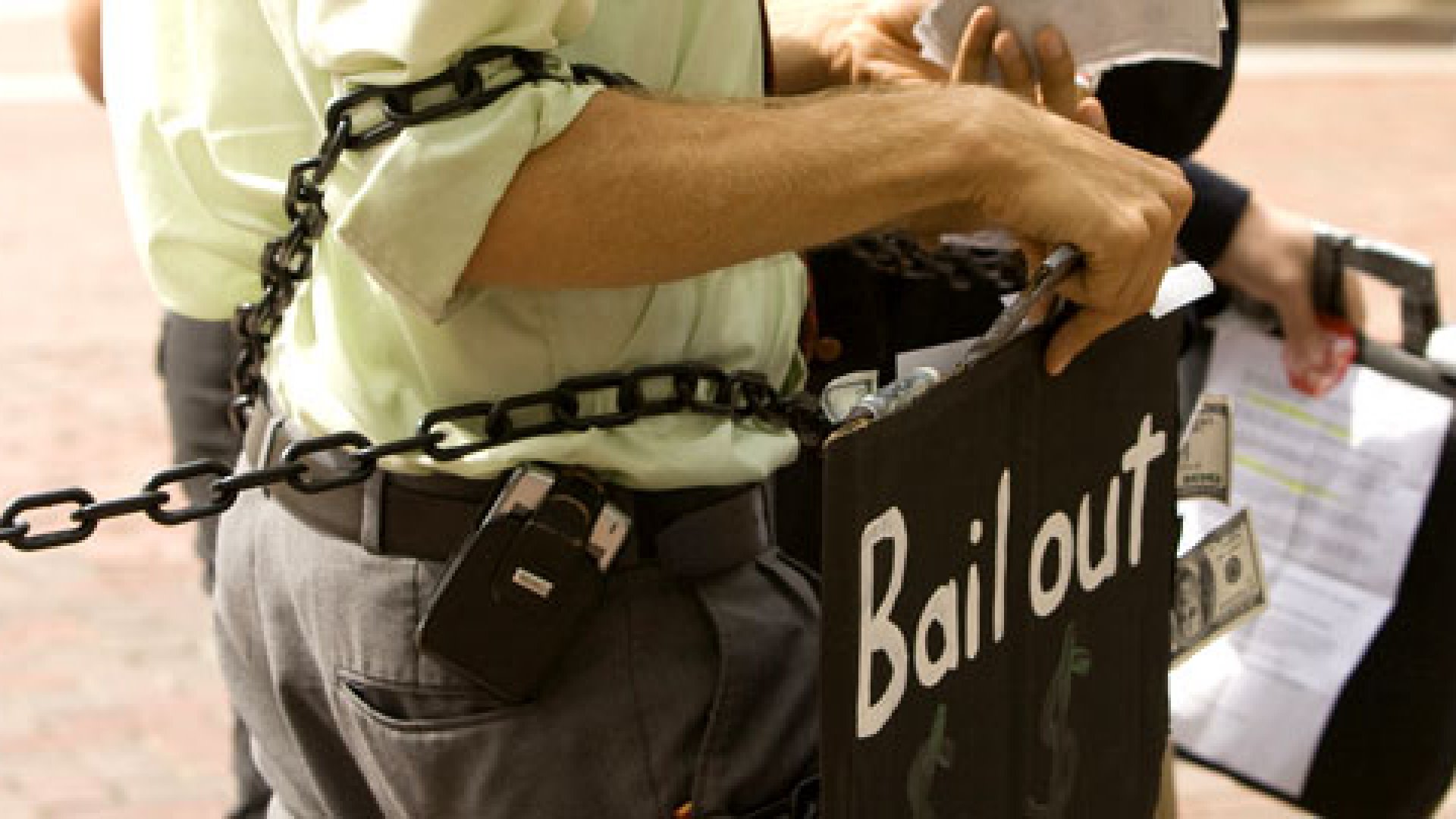What Was the Troubled Asset Relief Program (TARP)?
The Troubled Asset Relief Program (TARP) was created and run by the U.S. Treasury to stabilize the country’s financial system, restore economic growth, and mitigate foreclosures after the 2008 financial crisis. TARP sought to achieve these targets by purchasing troubled companies’ assets and stock.
KEY TAKEAWAYS
- The U.S. Treasury instituted the Troubled Asset Relief Program (TARP) following the 2008 financial crisis.
- TARP stabilized the financial system by having the government buy mortgage-backed securities and bank stocks.
- From 2008 to 2010, TARP invested $426.4 billion in firms and recouped $441.7 billion in return.
- TARP was controversial then, and its effectiveness continues to be debated.
How the Troubled Asset Relief Program (TARP) Worked
Global credit markets reached a near standstill in September 2008 as several major financial institutions, such as Fannie Mae, Freddie Mac, and American International Group (AIG), experienced severe financial problems. Lehman Brothers went bankrupt, and investment companies Goldman Sachs and Morgan Stanley changed their charters to become commercial banks to stabilize their capital situations.
Treasury Secretary Henry Paulson pioneered the Troubled Asset Relief Program (TARP) to prevent the situation from spiraling out of control. It was signed into law by President George W. Bush on October 3, 2008, with the passage of the Emergency Economic Stabilization Act.

TARP’s original purpose was to increase the liquidity of the money and secondary mortgage markets by purchasing mortgage-backed securities (MBS), reducing the potential losses of the institutions that owned them.
Later, TARP’s aim was modified slightly to allow the government to buy equity in banks and other financial institutions. TARP initially gave the Treasury purchasing power of $700 billion; the Dodd-Frank Wall Street Reform and Consumer Protection Act (defined as Dodd-Frank) later reduced the $700 billion authorization to $475 billion.
TARP funds were used to purchase stock in banks, insurance companies, and auto-makers and to loan funds to financial institutions and homeowners.
The U.S. government bought preferred stock in eight banks: Bank of America/Merrill Lynch, Bank of New York Mellon, Citigroup, Goldman Sachs, J.P. Morgan, Morgan Stanley, State Street, and Wells Fargo. The banks were required to give the government a 5% dividend that would increase to 9% in 2013, encouraging banks to buy back the stock within five years.
From the program’s inception until October 3, 2010 (the deadline for extending funds), $245 billion was used to stabilize banks, $27 billion went to programs to increase credit availability, $80 billion went to the U.S. auto industry (specifically, GM and Chrysler), $68 billion was used to stabilize AIG, and $46 billion went to foreclosure-prevention programs, such as Making Home Affordable.
The provisions of TARP demanded that companies involved lose certain tax benefits and, in many cases, placed limits on executive compensation and forbade fund recipients from awarding bonuses to their top 25 highest-paid executives. Even so, by 2009, bailed-out firms paid some $20 billion to key personnel—sardonically referred to as TARP bonuses.
The Legacy of TARP
When the Treasury wrapped up TARP, the government concluded that its investments had earned more than $11 billion for taxpayers by 2010. Specifically, TARP recovered $441.7 billion from $426.4 billion invested. The government also claimed that TARP prevented the American auto industry from failing, saved more than one million jobs, helped stabilize banks, and restored credit availability for individuals and businesses.
TARP is still controversial. Advocates say it saved the U.S. financial system and shortened the financial crisis, while critics charge the initiative just gave Wall Street an unnecessary boost.
Even so, economists, politicians, and financial professionals still debate TARP’s merits and wonder if it has been necessary. Critics charge the program did little to help the housing markets, which remained depressed for years. Some say it did not go far enough—the government should have insisted on an equity stake in the financial firms it was bailing out to control their future practices.
Instead, critics opine that TARP’s no-strings loans essentially acted as a reward for bad behavior, sending a message of “act irresponsibly, and we’ll help you out”—and establishing a dangerous precedent of dependency.
TARP also did not endear the government to the American public, which saw Wall Street reap benefits—including those notorious bonuses—and return to profitability, even as individuals struggled with debt, unemployment, and foreclosures in the wake of the Great Recession.












